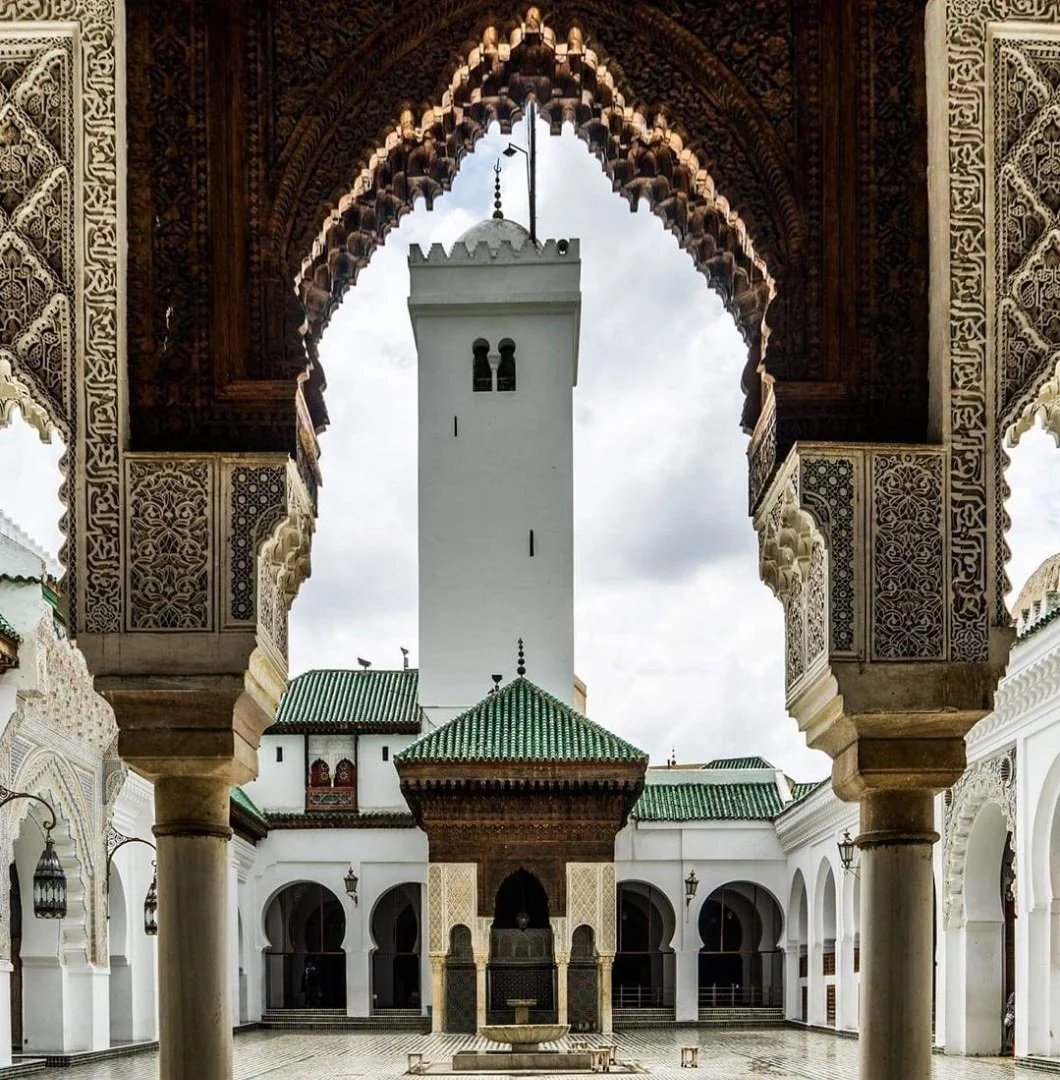Amazing Moroccan Women…
Next week, Rob and I head off to Morocco for a spring break ahead of the Easter crowds. One of the main advantages of working more flexibly is being able to take term-time holidays! Having taken geography students there many times over the years to enjoy the mountains and cities with such a different feel from our own, I love Morocco, a country rich in history and culture.
As this is Women’s History Month, before I went I decided to do a little research, and came across some phenomenal Moroccan women who were or are ahead of their time, inspiring generations and accelerating the progress of women. I found that Morocco has been home to many remarkable women who have broken barriers, challenged norms, and propelled the advancement of women's rights and inclusion.
From activists to artists, politicians to pioneers, these women have left an indelible mark on Moroccan society and beyond and I hadn’t heard of many of them before. For example, Fatima al-Fihri (800-880 AD).
She founded the University of Al Quaraouiyine in Fez, Morocco, in 859 AD, which is recognised by UNESCO and Guinness World Records as the oldest continuously operating degree-granting university in the world.
What a fantastic legacy of shaping academia and knowledge dissemination from such early times.
While she isn’t a historical figure, one other woman’s story I found fascinating is that of Merieme Chadid, who was born in Casablanca on October 11, 1969, so about 18 months younger than me. Apparently, she developed an interest in astronomy in early teenage years after her brother gifted her a book about Johannes Kepler, a 17th century German astronomer and mathematician and this led her to pursue studies in physics. In 1992, she earned her master’s degree in Physics from University of Hassan II in Casablanca.
Four years later she obtained her Ph.D. in Astronomy and Astrophysics from the Paul Sabatier University in Toulouse. Not long after earning her Ph.D. she was recruited as a research engineer at the French National Center for Scientific Research. Between 1998 and 2001 she was part of a successful mission to install the biggest telescope in the world in the driest and most hostile desert: The Atacama Desert in Chile.
In 2005, she became the first Moroccan woman to set foot in Antarctica. She planted a Moroccan flag to mark the achievement. It is the first Arab flag to ever be planted at the South Pole. Chadid is known for being the world’s first astronomer committed to installing telescopes for a new large astronomical observatory in Antarctica. Her work at the Dome C is one of her proudest accomplishments and she was awarded the Arab woman of the year in 2015 for her scientific achievements and has also featured on Forbes magazine’s list of the thirty most interesting and fascinating workers in the world.
Having taught ‘cold climates’ over many, many years, this coming together of a Moroccan women scientist working in Antarctica was too exciting for me! I’ve found Merieme on LinkedIn and seen that she has been talking to scientists at NASA recently because she compares the complexity of installing the observatory to the difficulty of space missions. What an extraordinary woman!
These two women exemplify the spirit of #InspireInclusion, and there are many more. And so, while I’m away, I’m going to see what else I can manage to find out about some of the other amazing Moroccan women. I’ll be in the right place for sure.
The Bright Lead blog will be taking a break for a month over Easter.







